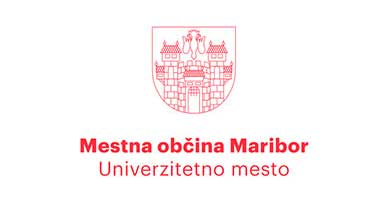Tender challenges / Maribor
Maribor is the second-largest city in Slovenia and is home to the second largest university in the country. To address environmental issues, Maribor has partnered with neighbouring municipalities to form the Joint Environmental Protection Service (SSVO). In 2018, a new Automated Sorting Plant for municipal solid waste was built by a waste utility company owned by the city, with the capacity to sort 52,000 tons of waste per year.
Envisaged solution
Maribor is looking for socio-technical systems based on smart combinations of software and hardware (such as IoT sensors and ML/AI services) that collect relevant data from the waste collection process and use it to improve citizen engagement in waste selection and differentiation at source. Specifically, sensing devices may use computer vision and machine learning algorithms capable of identifying various waste fractions / types in the waste collection phase (i.e., as an upgrade to the garbage truck, or alternative options). The general public can be empowered by sharing and visualising process data and information, by facilitating proper communication, awareness raising and education and thus reducing mixed waste production and improving waste sorting and recycling rates.
Information on the location of the experimentation
Specific requirements
- Solutions that promote datasets creation, including data acquisition by IoT sensors and the collection of real time environmental data
- Solutions that allow relevant data visualisations, both for remote monitoring purposes and to improve decision making
- Solutions that integrate created datasets and embed visualisation functions in a single tool
- Solutions that embed gamification and/or educational aspects, such as general or specific advice on how to improve one’s own behaviour, understand data visualisations, etc
- Solutions that are promptly available as applications (for smartphones and tablet PCs, on Android and/or IOS operating systems).
Minimum requirements
To participate to the tender, please read our tender documentation, this page is a simple overview about the Maribor challenge. To visit the documentation, click on the green button below.
MARIBOR NEWS
Climawebinars: Fostering urban sustainability through collective action
Four cities explored strategies and solutions for climate neutrality in the first webinar In
A huge success of the CLIMABOROUGH Preliminary Market Consultations
During the month of July, in collaboration with the cities of Athens, Cascais, Differdange,
Contributions to the Preliminary Market Consultations are extended
In June 2023, CLIMABOROUGH initiated its Preliminary Market Consultations in 8 European Cities: Athens
MARIBOR: Promoting waste separation at source and appropriate
The City of Maribor is facing the ineffective and improper separation of biowaste. Consequently, the
Preliminary Market Consultations announcements are OUT
With the European Climate Law, the EU is committing to carbon















